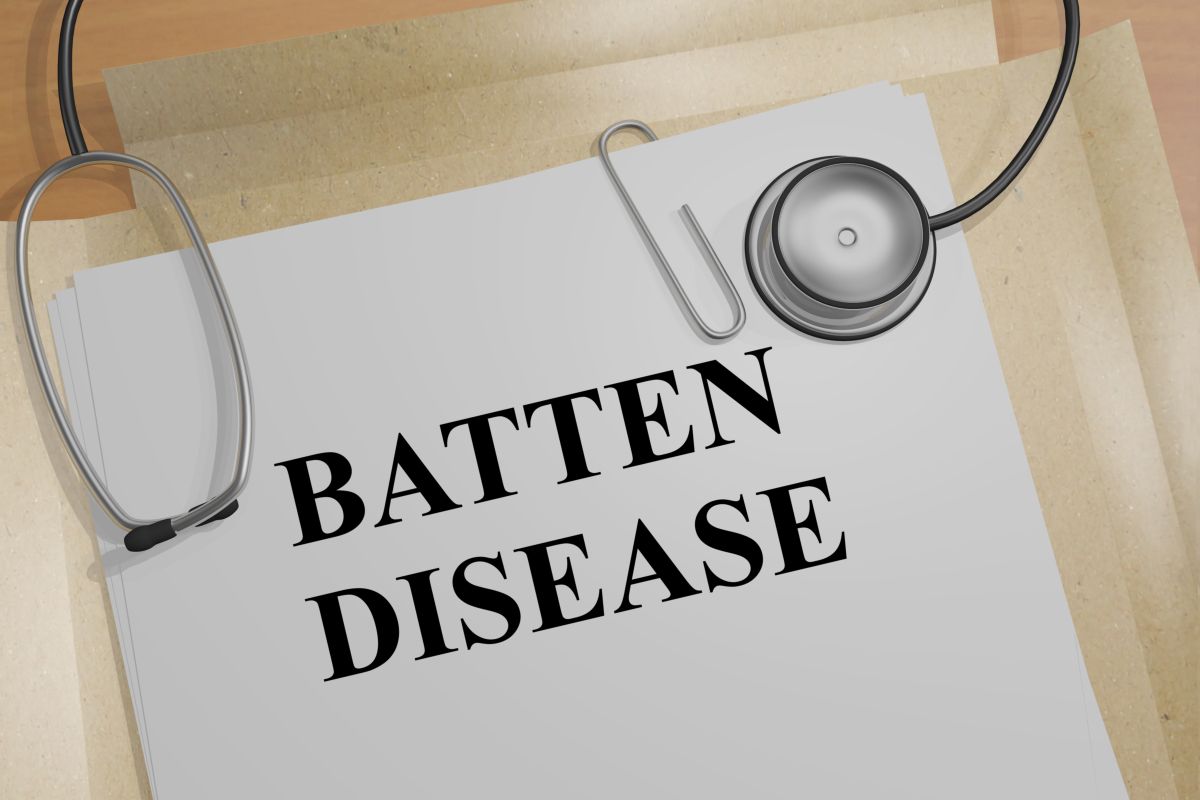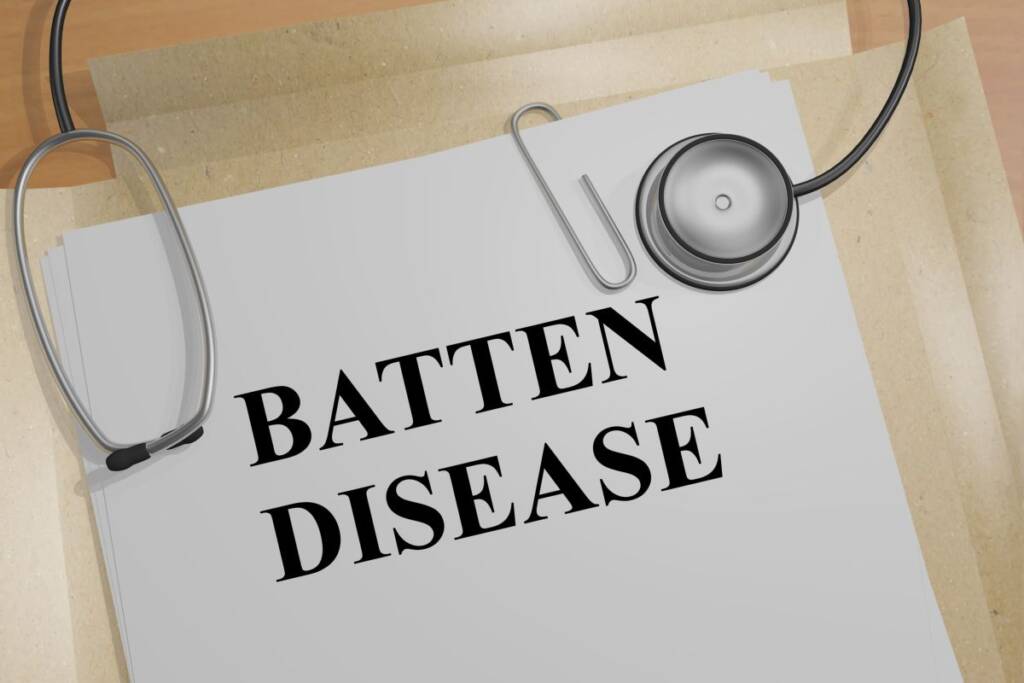Health
Batten disease: what it is, what are the causes and how to act

Batten disease is an inherited disorder of the nervous system that has no cure today. Let's find out better what it is.
When we talk about Batten disease we mean an inherited and fatal disease involving the nervous system. Also known as Spielmeyer-Vogt-Sjogren-Batten disease is the most common form of a number of disorders also known as Neurolane Ceroid Lipofuscinosis (NCL).
In general, Batten disease is most commonly referred to as the juvenile form of NCL and at the same time to group together the various forms involving this mutation.
Batten disease: what it is and why it occurs
To date, there are no known causes that can explain why this disease occurs.
What is known is that it is a very rare disease which affects the efficiency of lysosomes , micro-organs which are found in cells and which have the purpose of assimilating and distributing certain important substances for the body such as, for example, proteins .

Those suffering from this disease, therefore, are unable to produce the right amounts of protein to function properly. Which mostly occurs in the brain.
This leads to an accumulation of "toxins" in the lysosomes which leads to an accumulation of substances which are called lipofuscin and which, among other things, cause aging.
Batten disease can equally affect genes of different types leading to a classification that is as follows:
– NCL or Santavuori disease which begins between six months and two years and progresses rapidly.
– NCL or Jansky's disease with an onset between two and four years of age.
– NCL or Kufs disease, which starts before the age of forty but progresses slowly.
There are also further classifications which are inserted under the acronym of NCLx where the X is used to indicate a number ranging from 1 to 9 and which indicates from time to time a different characteristic.
This disease is hereditary and occurs when both defective copies are present in both parents. It is therefore possible to be a carrier (without symptoms) and, consequently, to be able to pass it on to any children. The fact that it takes two defective genes to give birth to the disease does not necessarily mean that the children contract it but can determine their being carriers.
All this applies to the first two categories listed. When Batten disease occurs in adulthood, it can manifest itself with even a single defective gene, manifesting itself as an autosomal dominant disease.
What are the symptoms of Batten disease and how to recognize it
Batten disease has a whole range of symptoms that can start to show from an early age. Among them, the most common are:
– Loss of vision
– Delay
– Progressive loss of skills
– Convulsions
– Dementia
– Abnormal movements
– Learning difficulties
– Confusion
– Personality changes
– Anxiety
– Sleep disturbances
– Involuntary or slowed movements
Diagnosis usually occurs following the presence of these symptoms and a series of genetic tests and examinations such as those aimed at verifying the presence of certain proteins and tissue biopsy to find out if there are deposits of lipofuscin. CT scans, MRIs and electroencephalograms may also follow.
How to cure the disease and what are the life expectancies
Unfortunately, at the moment this disease still has no cure. However, there is an enzymatic drug that can slow down the progression of the symptoms and that in some cases has even been shown to be able to stop them. To this are added anti-anxiety and anti-rigidity drugs (those usually taken for Parkinson's disease ). Finally, in some cases, antiepileptic drugs are also administered to prevent seizures.
As far as life expectancy is concerned, unfortunately those who contract it in childhood have little chance of survival which varies according to the onset of the disease and its extent. This range increases if Batten disease occurs at a later age, while for those who contract it as an adult, the symptoms are very mild and usually do not affect life expectancy.
Riproduzione riservata © - WT











